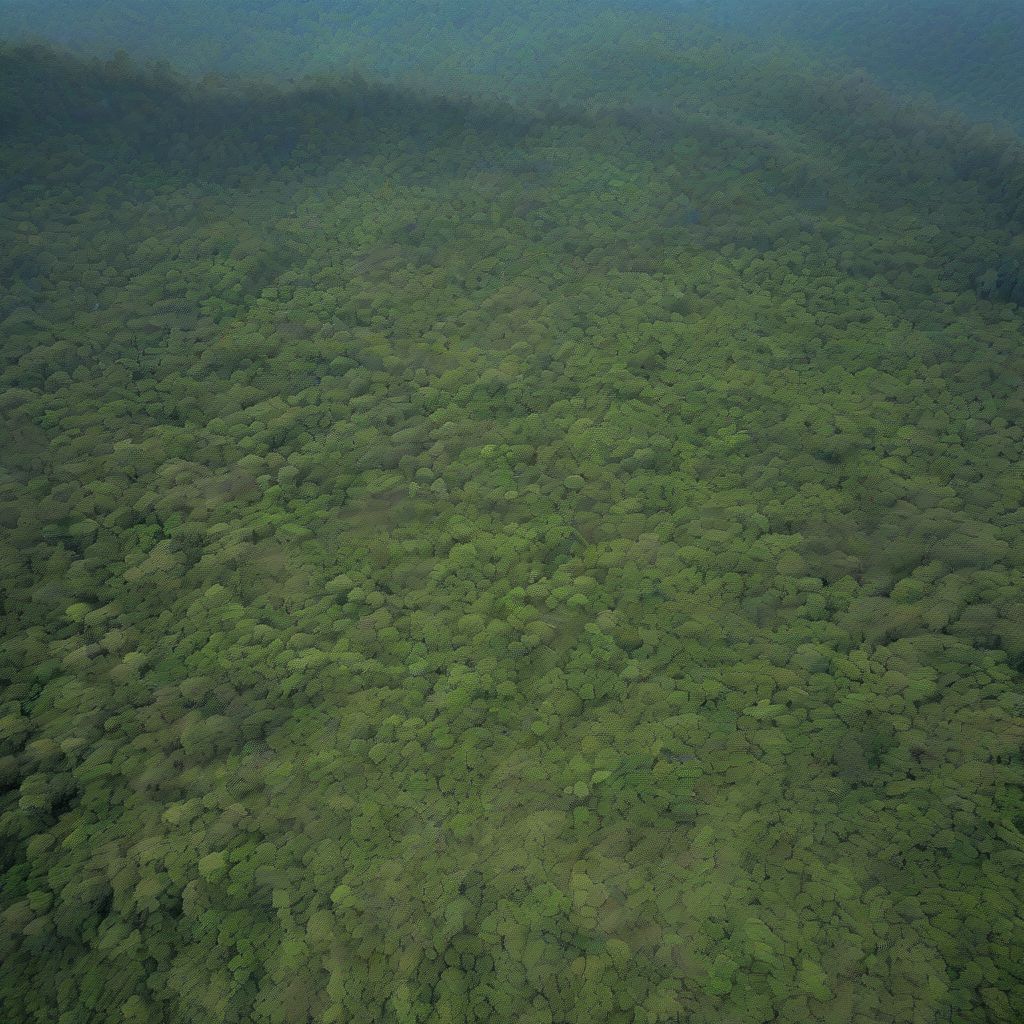Have you ever dreamt of a world shrouded in grey, devoid of the vibrant greens and earthy browns we often take for granted? A world where the air is heavy, the land barren, and the silence deafening? This isn’t a scene from a dystopian novel, but a potential reality if deforestation continues unchecked. The impact of deforestation on global ecosystems is far-reaching and devastating, touching every aspect of life on Earth, from the air we breathe to the water we drink. Let’s explore this critical issue and understand why protecting our forests is paramount to our survival.
Understanding the Scope of the Problem: What is Deforestation?
Deforestation is the clearing of forests for other land uses, such as agriculture, mining, and urbanization. While some deforestation is natural, human activity is the primary driver of this ecological crisis. We’re losing forests at an alarming rate, and the consequences are dire.
The Ripple Effect: How Deforestation Impacts Global Ecosystems
Climate Change: A Domino Effect
Trees absorb carbon dioxide, a major greenhouse gas, from the atmosphere. Deforestation eliminates this vital carbon sink, releasing stored carbon back into the atmosphere and contributing significantly to climate change. As Dr. Jane Goodall, a renowned primatologist and environmental activist, aptly puts it, “The greatest danger to our future is apathy.” We cannot afford to be apathetic towards the alarming rise in atmospheric CO2 levels fueled by deforestation.
Biodiversity Loss: A Silent Extinction
Forests are home to an estimated 80% of terrestrial biodiversity. Deforestation destroys habitats, leading to species extinction and disrupting delicate ecological balances. Imagine a world without the vibrant colors of tropical birds, the playful chatter of monkeys, or the majestic roar of a tiger. This is the grim reality we face if we fail to protect our forests.
Soil Erosion and Degradation: The Ground Beneath Our Feet
Trees play a crucial role in soil stabilization. Deforestation leaves soil exposed to wind and rain, leading to erosion and degradation. This impacts agricultural productivity, water quality, and overall land health.
Water Cycle Disruption: A Thirsty Planet
Forests play a vital role in the water cycle. They regulate rainfall patterns, prevent flooding, and maintain water quality. Deforestation disrupts these processes, leading to droughts in some areas and floods in others. This can have devastating consequences for both human populations and ecosystems.
Impacts on Indigenous Communities: A Cultural Loss
Many indigenous communities rely on forests for their livelihoods, cultural practices, and spiritual well-being. Deforestation disrupts their way of life, forcing displacement and cultural loss.
Turning the Tide: Solutions and Strategies
The situation is dire, but not hopeless. We can still make a difference by embracing sustainable practices and advocating for change.
Sustainable Forestry: A Balanced Approach
Sustainable forestry practices prioritize responsible forest management, ensuring that we harvest trees in a way that doesn’t compromise the health and integrity of the ecosystem.
Reforestation and Afforestation: Planting Hope
Reforestation involves planting trees in areas that have been deforested, while afforestation involves planting trees in areas where there were no forests previously. These initiatives are critical for restoring degraded landscapes and sequestering carbon.
Reducing Consumption: Living Mindfully
Our consumption patterns drive demand for products that contribute to deforestation, such as timber, palm oil, and soy. By making conscious choices and reducing our consumption of these products, we can help reduce the pressure on forests.
Supporting Conservation Efforts: Investing in Our Future
Numerous organizations are working tirelessly to protect forests and promote sustainable practices. By supporting these organizations, we can contribute to the fight against deforestation.
Policy Changes: Advocating for Change
Stronger policies and regulations are needed to combat illegal logging and promote sustainable forest management. We can all play a role by advocating for change at the local, national, and international levels.
 The Impact of Deforestation on Global Ecosystems
The Impact of Deforestation on Global Ecosystems
The Future of Our Forests: A Shared Responsibility
The impact of deforestation on global ecosystems is a complex issue with far-reaching consequences. But it’s not just an environmental problem; it’s a human problem. The choices we make today will determine the future of our planet. By working together, embracing sustainable practices, and advocating for change, we can protect our forests and ensure a healthy, vibrant future for generations to come.
You can delve deeper into how renewable energy sources are contributing to a better future for our planet in this insightful article: How Renewable Energy Sources Are Helping the Environment. Additionally, learn more about the technological advancements driving environmental conservation in The Future of Environmental Conservation and Technology.
Conclusion: A Call to Action
We’ve explored the devastating impacts of deforestation on global ecosystems, from climate change and biodiversity loss to soil erosion and water cycle disruption. We’ve also discussed solutions, from sustainable forestry and reforestation to reducing consumption and advocating for policy changes. The message is clear: we all have a role to play in protecting our forests. Let’s choose to be part of the solution, not the problem. Share this article, discuss it with your friends and family, and take action in your own life to reduce your impact. What steps will you take to protect our precious forests? Let us know in the comments below!



